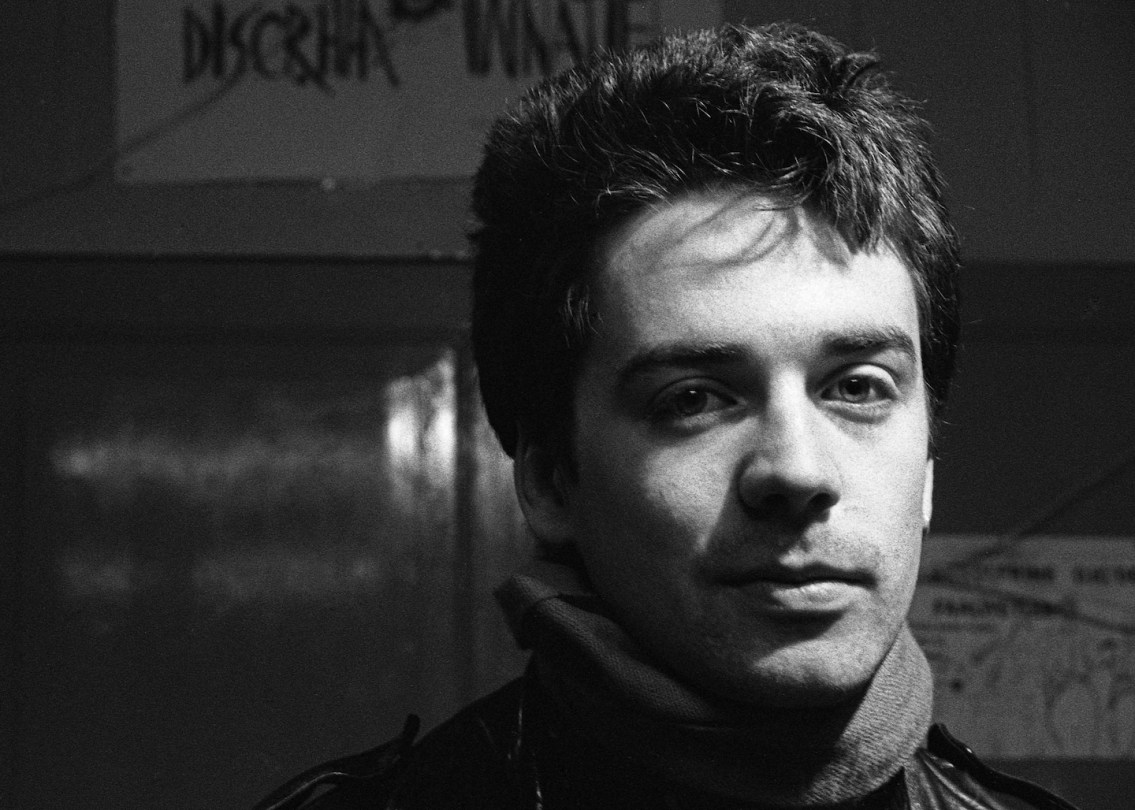“It would be hard now to understand just how isolated we were,” says Martin Phillipps, who founded The Chills in 1980 in a then-remote Dunedin, New Zealand, long before the internet made music videos, websites and global radio streams instantly accessible. “We had so little contact with the reality of what our favorite bands from Britain and America were like that we were kind of basing it all on photos in magazines.”
“... in a hundred years, will Lou Reed have become just a footnote? Will [his legacy] be down to only a couple of songs ...”
Phillipps goes on to describe an environment in which individuality was ostracized and punk rock was scorned by the local cover bands and older musicians. Nevertheless, a fuse had been lit and a flock of young Dunedin kids were hellbent on expressing their own interpretations of what they felt “punk” meant, Phillipps being one of them.
“The flipside to that isolation,” he adds, “is that once we did get to see some of these bands on TV (via a new one-hour Sunday night video program called Radio With Pictures), we started realizing that we’d actually developed a much better, more terrifying, idea of what a band such as The Cramps was like than they really were, because the pictures were so good.”
Driven by this force of imagination, Martin Phillips would guide The Chills through four decades of ups and downs: In the 1980s, their unique combination of melodic pop, psychedelia and youthful punk energy would make them cult legends in America, a favorite of John Peel in the U.K. and at their peak, the biggest band in New Zealand. It also took them from indie import status to major label artist, signing to Warner Brothers imprint Slash later in the decade. In the 1990s, however, things fell apart.




